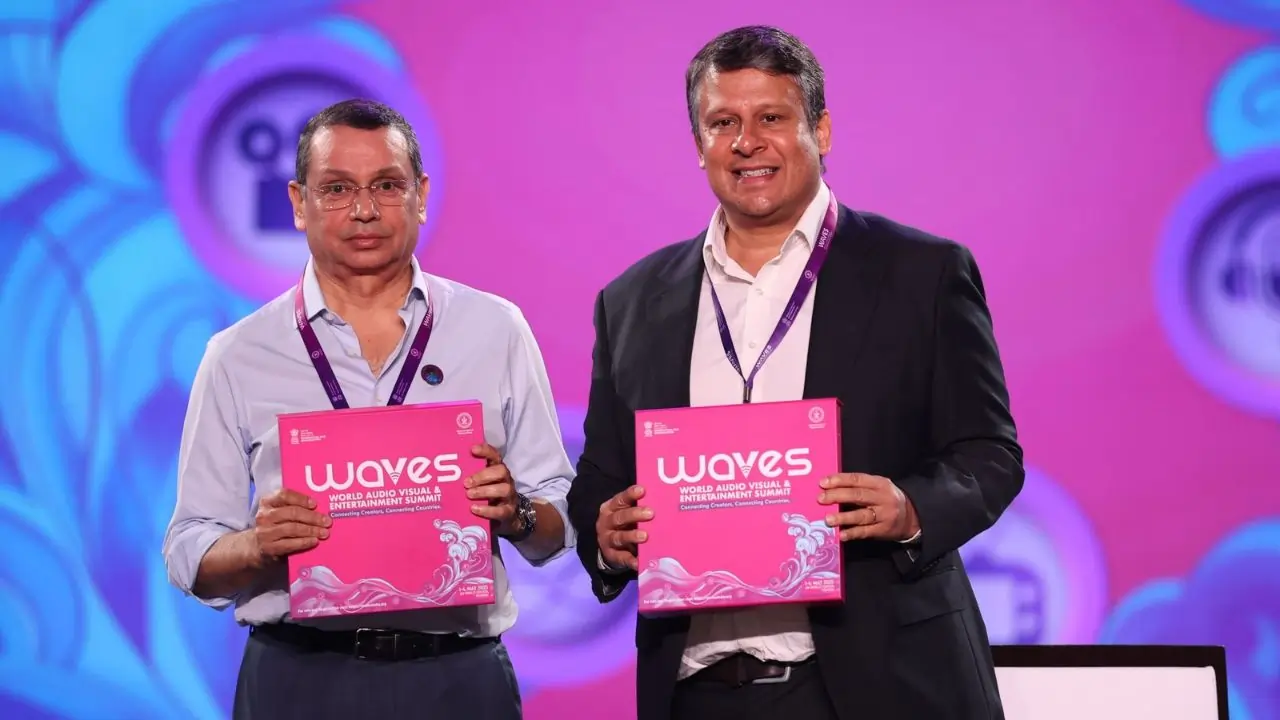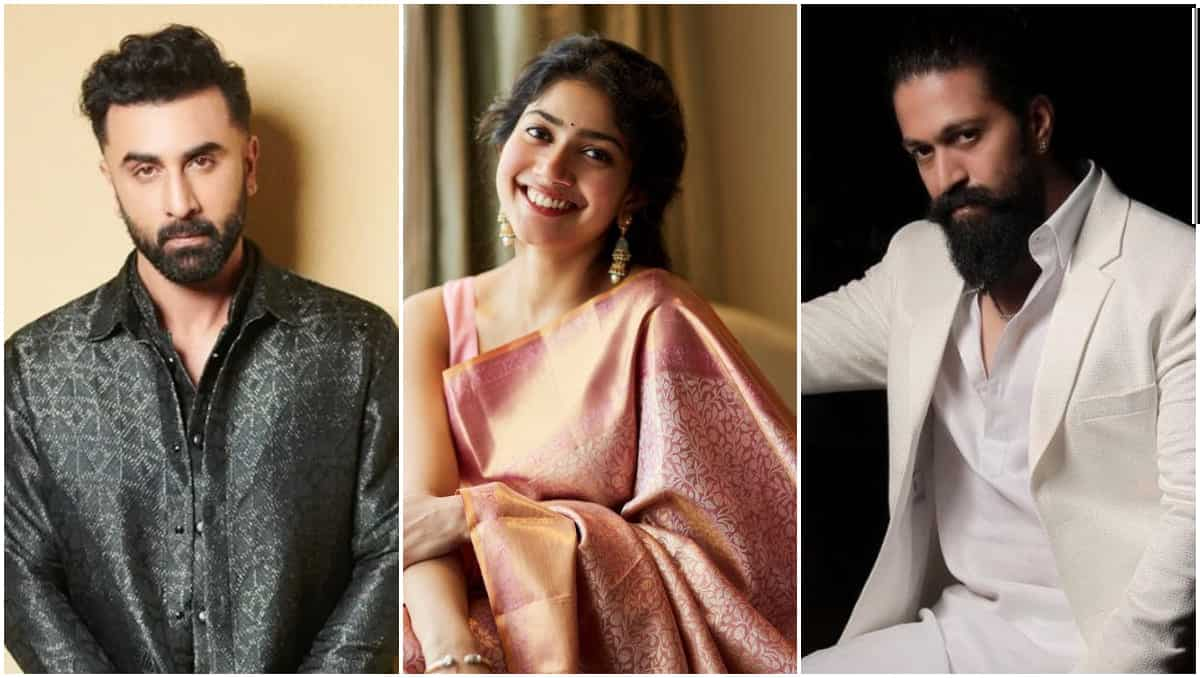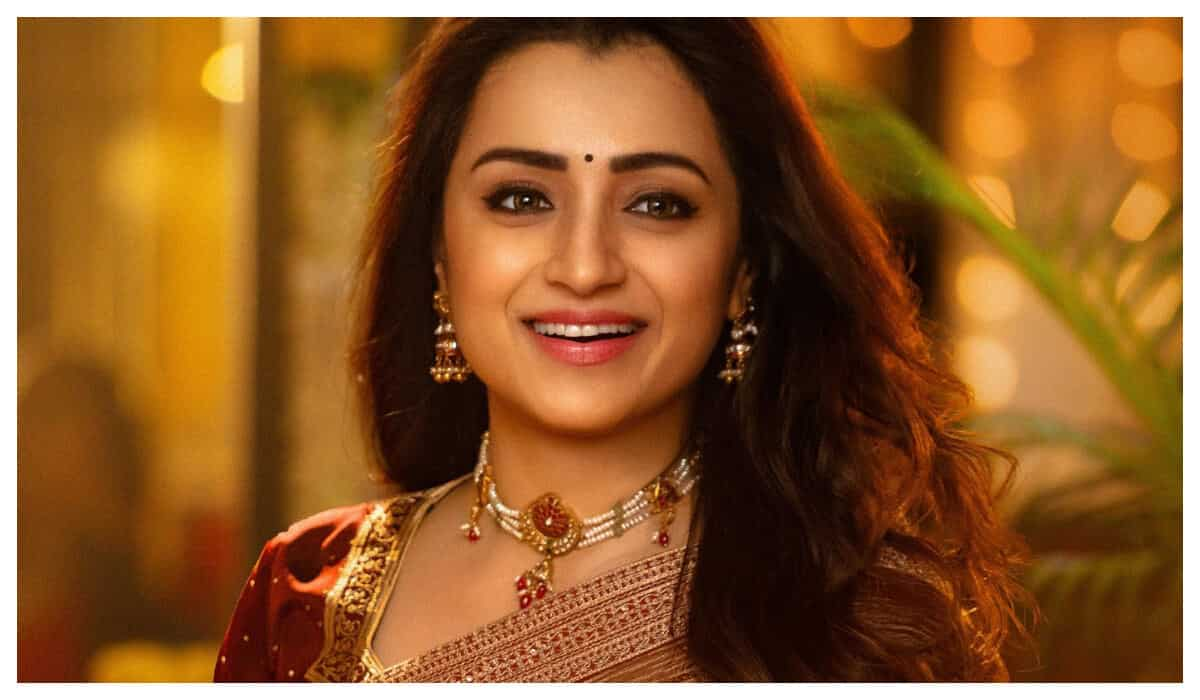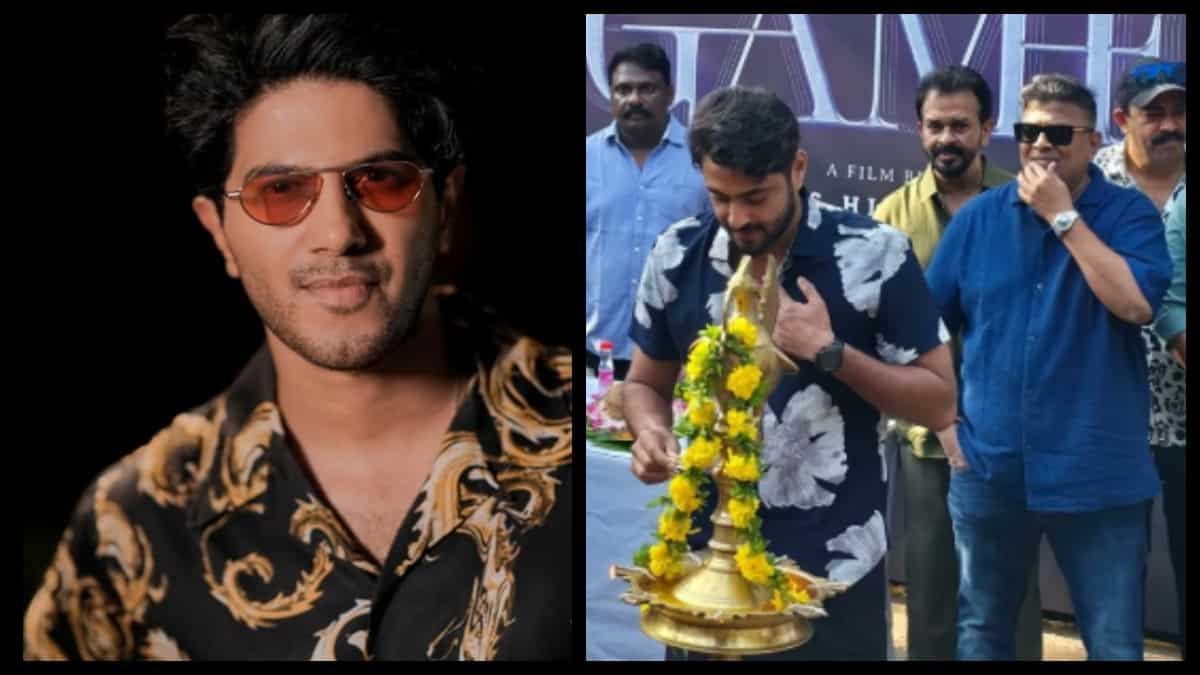
Exclusive | The Fable director Raam Reddy: ‘I really wanted to create a unique brand of magical realism’
6 months ago | 5 Views
Raam Reddy's second feature film, The Fable, won the Special Jury Prize at the Mumbai Film Festival. The director sat down with Hindustan Times right after the Asia premiere of the film, where it received an enthusiastic response from the audience. The director's last film Tithi, arrived in 2015, and had also triumphed at MAMI. In this exclusive chat, Reddy opened up about integrating magical realism in the narrative of The Fable, shooting it on film and the importance of having unwavering belief in one's vision.
It was a full house for the Asia Premiere of The Fable at MAMI. How has the response been?
I am extremely happy with the response, I feel overjoyed and quite relieved too. I did work on the film a little bit after the Berlin Film Festival premiere so this was the first time that the final film was being watched by the audience. I felt like my intentions landed even more in tune with what I wanted than I could have hoped. I wanted to evoke a certain emotion… I have worked on this film for a long time, and the goal was to evoke that emotion by the end of this film. For the Q&A, 80% of the audience stayed back, and there were wonderful interactions. More than anything else, the audience was talking to me after the screening, and I could see in their eyes that I had succeeded in creating that emotion, and that was the most satisfying part of me.
What was the starting point of the film for you?
The starting points are always different but I work in an organic way. For The Fable, the starting point was the genre. I was really hoping to make a film with elements of magic realism and fill it with concepts that are dear to me. That was the seed.
I went to the mountains without a narrative. It is similar because for my first film Tithi, the seed was the place. Here, the seed was the genre and the mountains felt like they had a certain synergy. The Himalayas have magic in the air. One feels it in the air. One is not sure if they are on earth or somewhere. It transports you, just the aura of the place. So when I was in the Himalayas, the first time I went, there was a forest fire. I went along with a group of locals to fight that fire. That was the first narrative seed. I wanted to make a mysterious film; a film that had suspense in it. A suspenseful, gripping slow-burn, pun intended! When I went to find that fire I was taken by the idea that a fire in the mountains is like a perfect crime. Then the magical elements started to build and grow.
Tell us a little bit about your interest in the magic realism bit…
I have been a magic realism guy since I started wanting to become an artist. I have written a magic realism novel before I made Tithi (It's Raining in Maya, 2011). More than cinema, it is a literary genre. We have Gabriel García Márquez, Italo Calvino, then [Haruki] Murakami becoming this sort of massive torchbearer for that genre. Then Franz Kafka also; I was living near Kafka's grave when I was studying in Prague. I used to go there and try to imbibe that boldness in storytelling. (smiles) So the birth of it was literary and the amazing thing about literature is that… one is so free as an artist… one can write anything. To get films made, one is doing it collaboratively.
What I love about magic realism is that it can be really personal. No two magic realism artists treat it the same way. This means one's canvas is endless, and you can create your magic realism footprint that maybe does not exist anywhere. That was the hope, at least. So I really wanted to create a unique brand of magic realism. For example, the element of wings. The main character in The Fable, Dev (played by Manoj Bajpayee) builds these wings in his workshop and I never wanted to glorify any of these elements. He does not use these wings for mundane things, but how it is used is somewhere between the realistic and the fantastic.
Tell me also about the choice to shoot the film in 16 mm film for The Fable.
I am quite a purist in terms of the craft. I dabble a little in photography and I shoot only on film and that was like my gateway to film. Once you get started on that it becomes an addiction. This film was set in 1989. So, the medium that was available at the time was film! So to shoot the film set in a period with the technology that was available in that time gives it a sense of authenticity. That really excited me.
You are returning to MAMI almost after a decade since Tithi premiered. What took you so long to make the second film? Were you also working on other things in the meantime?
It has been a journey. It is a film that is perhaps not seen every day and when you have that dream so outside of the norm, you are working your way against the grain and paddling upstream the system to get it done. So, in that sense, one has to have unwavering belief in the vision and then protect it and fight for it every step of the way. That takes time and courage. We went through two COVIDs. It was a summer film that had to be shot in spring. With the first lockdown, we got stuck in the mountains with the key cast. For three months, we were not able to travel. The next time we went back, it was the second wave. Every day, we did not know if we were going to shut down, and it has endless stories of trials and tribulations.
But I am also fortunate to have been able to work with the cast that we have. Last but not least, the post-production pipeline is complex because it is VFX-heavy. As a production, to do it in a unique way, it takes a certain iterative process as well as love and commitment to try and see it through.
One is creating something that is not happening normally in the system. It is not like one is jumping on a ship but more like drudging your own canal. Now, if I had to try this again, because the canal has been drudged… it would be much easier! Now maybe bigger dreams are more accessible. (smiles)


.jpg)

















